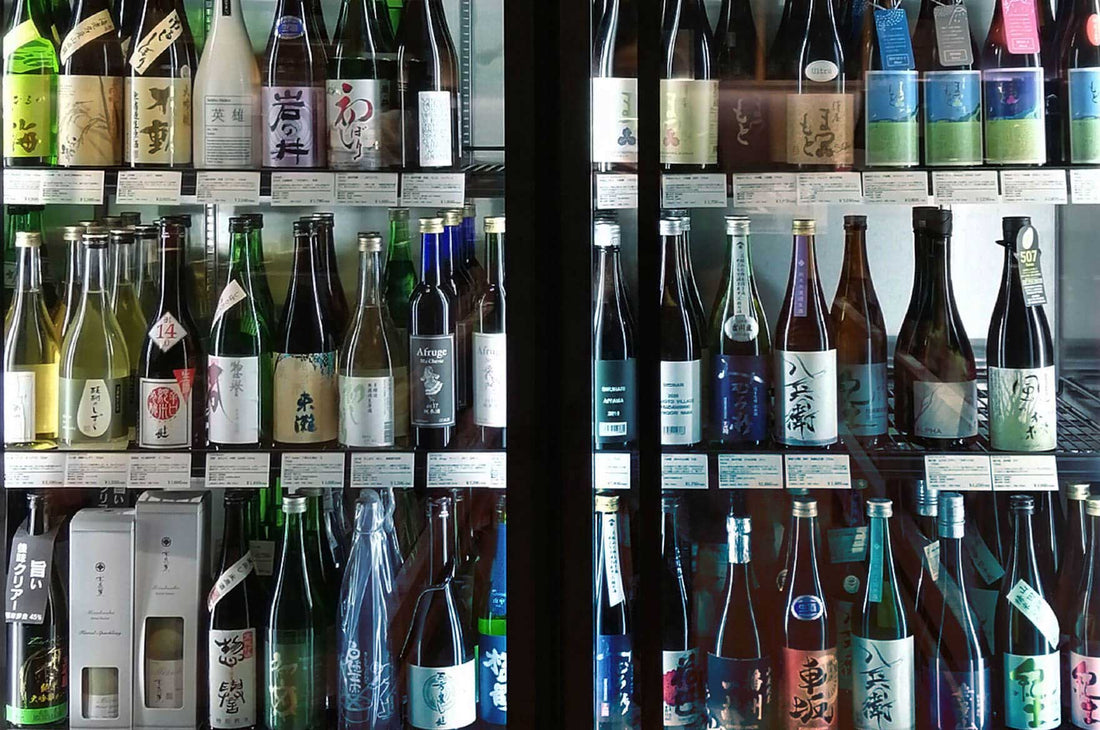
Sake Storage Tips: Preserving the Quality and Flavor of Your Rice Wine
Share
Title: Sake Storage Tips: Preserving the Quality and Flavor of Your Rice Wine
Introduction
Sake, the iconic rice wine of Japan, is a delicate and nuanced beverage that requires proper care and storage to maintain its quality and flavor. Whether you're a sake aficionado or a curious beginner, it's essential to understand how to store your sake to ensure you enjoy it at its best. In this blog post, we'll share some expert tips on sake storage, from temperature and light considerations to tips for long-term aging.
- The Importance of Temperature
Temperature plays a crucial role in preserving the quality and taste of sake. In general, sake should be stored at a cool and stable temperature, ideally between 5°C and 15°C (41°F and 59°F). Excessive heat or frequent temperature fluctuations can negatively impact the flavor and aroma of your sake, causing it to deteriorate more rapidly.
If you don't have access to a dedicated wine refrigerator, a cool, dark place such as a basement, pantry, or cupboard is a suitable alternative. Avoid storing your sake near appliances that generate heat or in direct sunlight, as these conditions can cause the temperature to fluctuate or rise above optimal levels.
- Keep It Dark
Sake is sensitive to light, particularly ultraviolet (UV) light, which can cause the beverage to oxidize, resulting in off-flavors and a dulling of its aroma. To protect your sake from light exposure, store it in a dark place or wrap the bottle in a cloth or paper to shield it from direct light. If your sake comes in a clear glass bottle, it is particularly important to keep it away from sunlight and other bright light sources.
- Store Upright
Unlike wine, which is often stored on its side to keep the cork moist, sake should be stored upright. This is because sake bottles are typically sealed with a cap rather than a cork, and storing the bottle upright minimizes the amount of sake in contact with the air, reducing the risk of oxidation. Additionally, sake often contains fine sediment that can settle at the bottom of the bottle, and storing the bottle upright helps to keep the sediment undisturbed and easier to mix back into the sake when it's time to enjoy.
- Keep It Sealed
Once a bottle of sake is opened, it should be resealed tightly and stored in the refrigerator to slow down the oxidation process. While sake can be enjoyed for several days or even weeks after opening, the flavor and aroma will gradually decline over time, so it's best to consume opened sake within a reasonable timeframe. If you find yourself with leftover sake, consider using it for cooking or sharing it with friends to avoid waste.
- Aging Sake
While most sake is best enjoyed fresh, some types, such as aged sake (koshu), can benefit from extended storage. If you're interested in aging your sake, it's essential to maintain optimal storage conditions, including stable, cool temperatures, and minimal light exposure. Consult with a sake expert or do your research to determine which types of sake are suitable for aging and how long they should be stored to achieve the desired flavor profile.
Proper sake storage is essential for preserving the quality, flavor, and aroma of your rice wine. By following these expert tips, you can ensure that your sake remains in optimal condition, allowing you to enjoy it at its best. With a little care and attention, you can savor the intricate flavors and delicate nuances of your sake, whether you're sharing it with friends or indulging in a quiet moment of reflection.
Kanpai!
